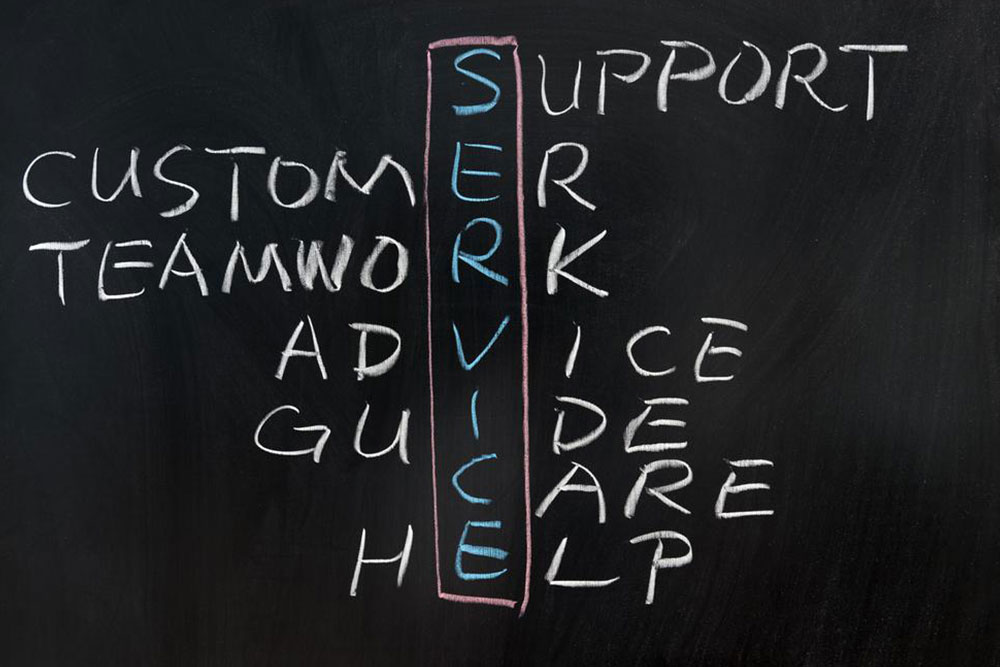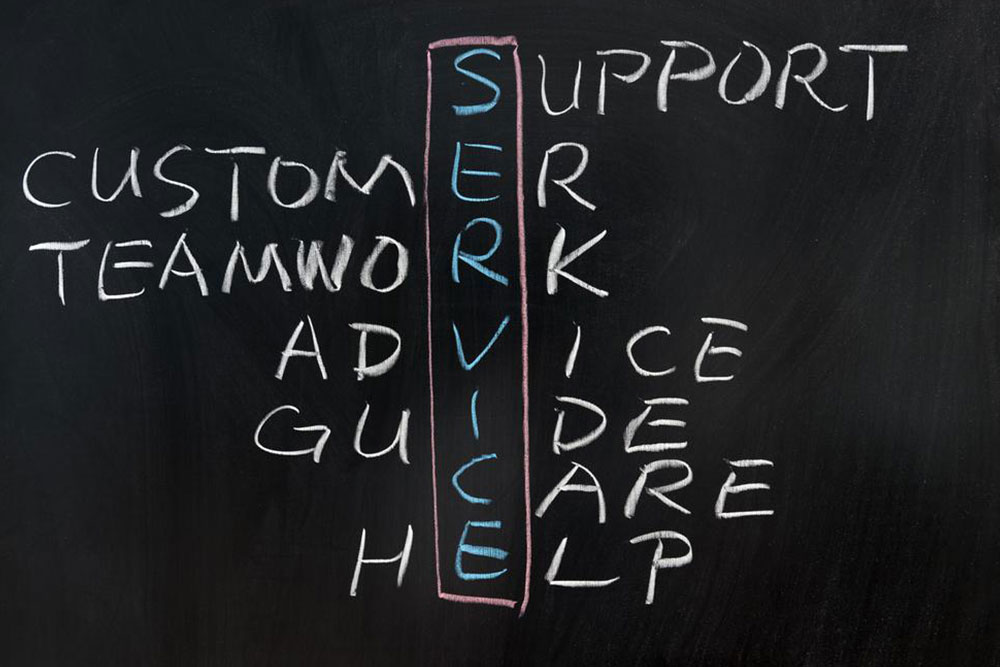Comprehensive Guide to Creating an Effective Customer Experience Map to Boost Business Success
Learn how to craft a comprehensive customer experience map that enhances customer satisfaction and loyalty. This detailed guide highlights key components such as a customer-centric approach, actionable insights, performance metrics, and continuous improvement strategies—helping your business stand out in a competitive landscape. Discover practical tips for documenting customer interactions and using these insights to strengthen long-term relationships and boost overall business success.

Comprehensive Guide to Creating an Effective Customer Experience Map to Boost Business Success
In today’s fiercely competitive marketplace, the cornerstone of a thriving business lies in its ability to cultivate a loyal customer base. Achieving this requires more than just offering quality products or services; it demands a deep understanding of customer needs, behaviors, and perceptions throughout their entire interaction with your brand. By aligning your offerings with customer expectations and maintaining high standards in support and quality, you can establish your brand as a preferred choice among consumers. A powerful tool that enables businesses to gain such insights is the customer experience map, which visually delineates the customer's journey from initial contact to long-term engagement, highlighting touchpoints that influence their overall perception.
What is a Customer Experience Map?
At its core, a customer experience map is a strategic visualization that charts all customer interactions with your brand, encompassing every point of contact and engagement. It offers a comprehensive view of the customer's journey, from discovering your business to making a purchase and beyond. Essentially, this map functions as a diagnostic tool, enabling companies to analyze customer behavior patterns, identify pain points, recognize moments of delight, and pinpoint areas for improvement. The ultimate goal is to optimize the customer experience, foster loyalty, and drive sustained growth.
By meticulously documenting customer interactions across different channels and touchpoints, businesses can build stronger, more enduring relationships. This detailed mapping serves as a foundation for informed decision-making, allowing teams to identify what's working well and what needs refinement. Various template formats are available, tailored to diverse industries and business models, ensuring that organizations can adopt a customer experience map that aligns with their specific needs and scalability.
The critical components for developing an impactful customer journey map include:
Customer-centric focus – The map should be designed with the customer's perceptions at the forefront. It must objectively reflect their feelings, expectations, and pain points, rather than internal business perspectives that may overlook actual customer sentiments.
Purposeful and action-oriented design – A well-constructed map isn't just about visualization; it should serve as a strategic tool to identify both positive experiences and pain points. The insights gained should be leveraged proactively to meet or exceed customer expectations, thereby strengthening loyalty and advocacy.
Inclusion of performance metrics – To accurately gauge the quality of the customer experience, integrate key performance indicators (KPIs) such as customer satisfaction scores, emotional responses, and Net Promoter Scores (NPS). These metrics provide quantitative insights, complementing qualitative feedback for a holistic view.
Future-proofing through continuous improvement – The insights extracted from the map should inform ongoing strategies for enhancement. Regular reviews and updates ensure that the customer journey remains aligned with evolving customer preferences and business goals, thus supporting long-term retention and growth.
Benchmarking and measurement – Use the customer experience map as a standard to evaluate how effectively your business delivers on its promises. It helps measure success in terms of customer relations, satisfaction, and overall brand perception, providing a clear reference point for continuous improvement.
Implementing a comprehensive customer experience map requires commitment, cross-departmental collaboration, and a focus on data-driven insights. When executed correctly, it becomes a vital asset in delivering exceptional experiences, differentiating your business in a crowded marketplace, and cultivating a loyal customer base that sustains long-term success. Regular analysis and updates to the map ensure that your company stays attuned to customer needs, can swiftly adapt to changing preferences, and consistently exceeds expectations.
In summary, a customer experience map is an invaluable tool that empowers businesses to visualize and enhance every interaction, ultimately leading to increased customer loyalty, higher satisfaction levels, and improved overall business performance. By focusing on customer-centricity, utilizing meaningful metrics, and committing to continuous improvement, companies can leverage this strategic approach to stand out in their industry and foster meaningful, long-lasting customer relationships.





